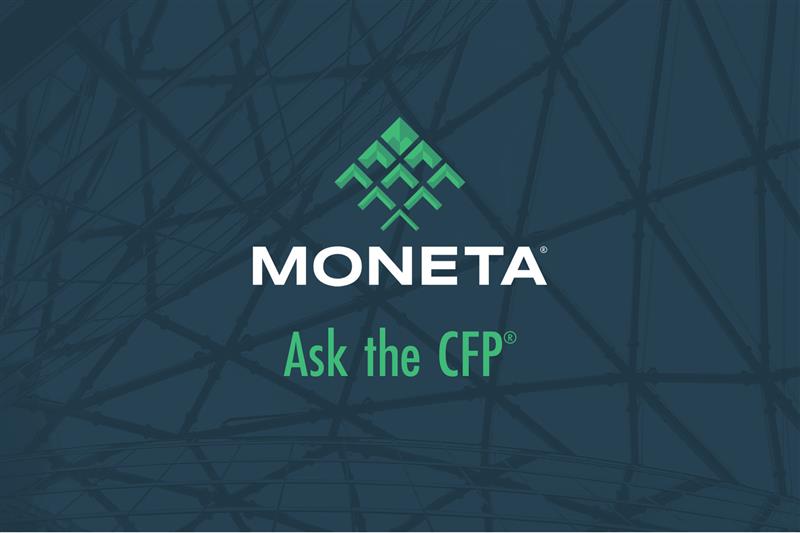Hello everyone and welcome to this month’s Ask the CFP segment. This month’s question is, “what is a stock split and why do companies do them?” Stock splits are a common strategy used by publicly traded companies. Some have made headlines, such as Alphabet, which is the parent company of Google, when they announced a 20-for-1 stock split. This means an investor with 1 share of Alphabet has 20 shares after the split. This may seem like a drastic change for shareholders, so why do companies initiate stock splits?
Stock splits often create more liquidity for shareholders. Imagine if a stock rose to $50,000 per share. You would need $50,000 just to buy one full share of that company. Because of the high limit to buy a single share, fewer people are likely to bid on the stock. Fewer bidders limits transactions for sellers, thus limiting liquidity. In the example of Alphabet, their share price was approaching $3,000 per share before the split. When most companies conduct stock splits, they use 2-for-1 or 3-for-1 splits. For Alphabet, they felt the price needed to be lower and in closer reach of smaller investors. Keep in mind, trading of shares often occurs in lots of 100. Smaller lots can be traded, but using round lots of 100 offers a greater likelihood of realizing the same share price for a market order. A “small investor” might be one that buys 100 or 200 shares vs. a single share.
When companies split their stock, the value of the stock doesn’t change. It’s like asking someone to split a $20 dollar bill for two $10 dollar bills. You have the same amount of money, but two bills. That’s a perfect example of a 2-for-1 split. The value stays the same even though the number of bills or shares increased. Also, stock splits generally don’t trigger taxation since shares aren’t being sold or converted. They’re simply being split into smaller pieces.
Sometimes stock splits can also work in reverse. A reverse stock split is just the opposite, where someone may start with 200 shares and end up with 100 shares after a 2-for-1 reverse split. This usually happens when a company’s share price has declined. Some stock exchanges will remove a stock once the price per share is less than one dollar. Right or wrong, stocks with low share prices are often seen as riskier. Companies that wish to avoid the stigma associated with a low share price may elect for a reverse stock split.
Overall, stock splits are fairly common, having occurred with companies such as Amazon, Microsoft, Apple, Disney, Caterpillar and Mastercard. They’re often seen as good news by investors but remember the $20 dollar bill example. The bills still add up to $20 dollars. If you have a question about this topic or have a question for next month’s video, please send it to dtroyer@monetagroup.com Thanks for watching and we’ll see you next month.
The opinions voiced in this material are for general information only and are not intended to provide specific advice or recommendations for any individual. Please speak with a qualified tax or legal professional before making any changes to your personal situation.
©2022, Moneta Group Investment Advisors, LLC. Trademarks and copyrights of materials referenced herein are the property of their respective owners. These materials have been prepared for informational purposes only based on materials deemed reliable, but the accuracy of which has not been verified. Past performance is not indicative of future returns. You cannot invest directly in an index. These materials do not constitute an offer or recommendation to buy or sell securities, and do not take into consideration your circumstances, financial or otherwise. You should consult with an appropriately credentialed investment professional before making any investment decision.



